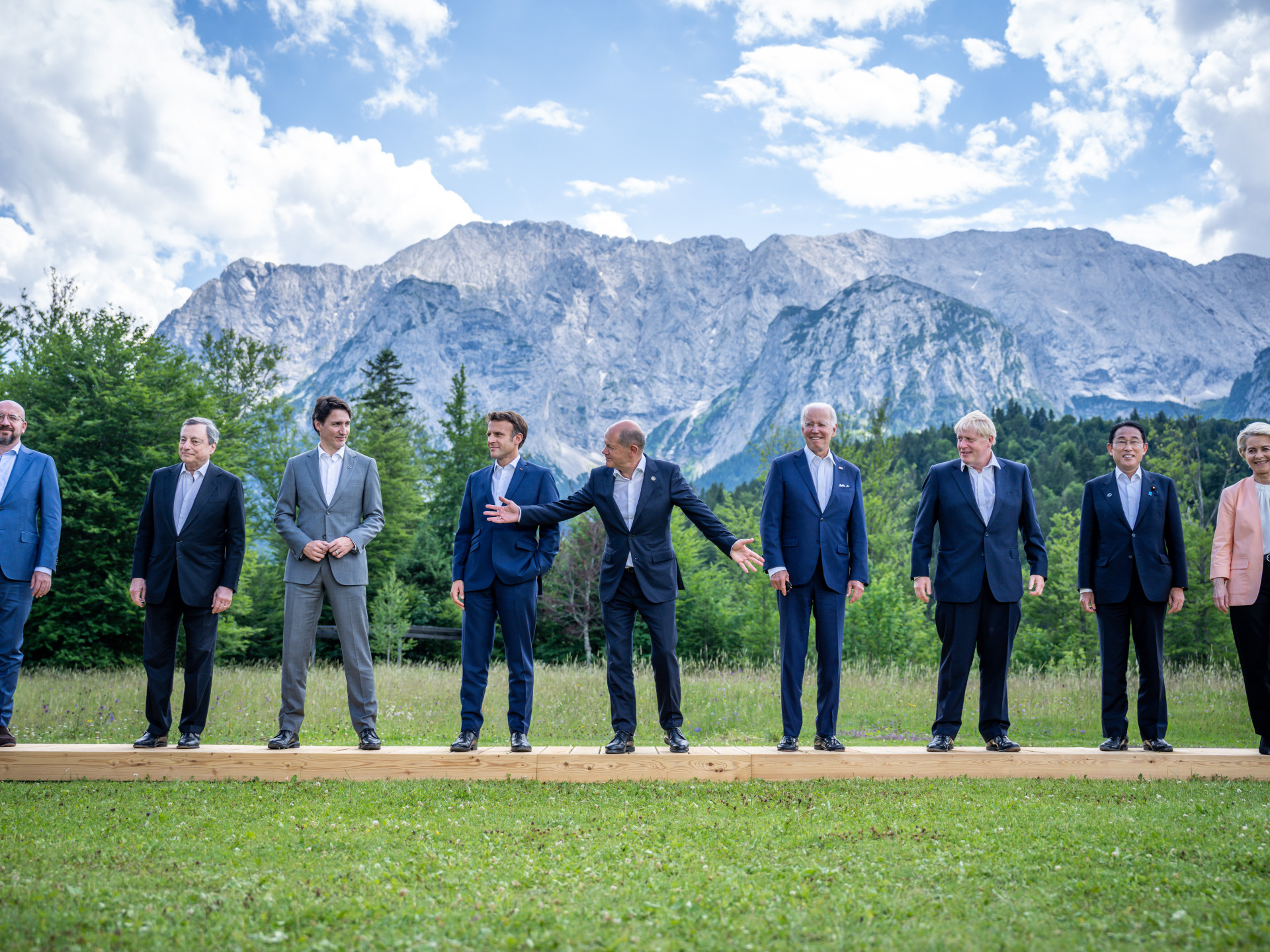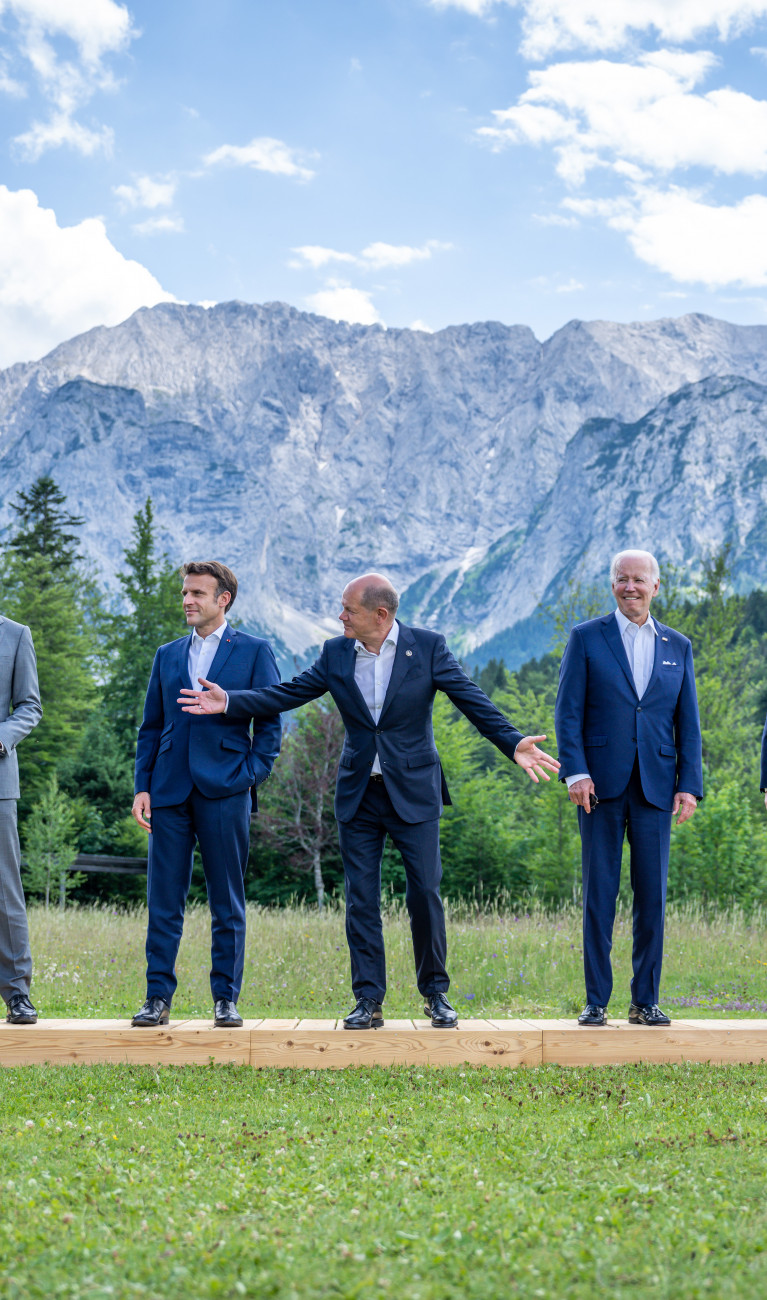Climate action in the G7: an exclusive climate club for all


Despite some progress in recent years, global efforts to combat climate change are making slow progress. For some time, it has been clear in international climate diplomacy that small groups of a few negotiating states are playing an increasingly important role in staying on track toward the 1.5-degree target. The recently announced G7 climate club has a lot of potential for fighting climate change, but it is questionable whether this idea can gain acceptance in times of multiple challenges.
Small coalitions as drivers of climate action
Voluntary commitments on climate action, and the speed at which they are being put into action, are not enough to limit global warming to 1.5 degrees. The industrialized countries have a special responsibility. Germany alone is responsible for about 2 percent of global greenhouse gas emissions. Emissions by the G7, an informal association of seven industrialized nations, amount to about 21 percent – with only 10 percent of the world’s population. Accordingly, climate action has been high on the G7 agenda in spite of numerous crises, not least as a result of COP 15 in Copenhagen in 2009.
The international community was unable to reach a binding climate agreement at the conference. Consequently, in its aftermath there was a trend toward negotiations involving smaller groups of countries, with the aim of reaching voluntary commitments despite the lack of a global climate agreement. While the Paris Agreement of 2015 was a commitment to the scientifically established 1.5-degree target, it established no binding measures for individual countries. Later that year, the economist William Nordhaus proposed the idea of an international climate club to step up the pace of international climate action.
An exclusive climate club – for all
In Nordhaus’s proposal, countries in a climate club would agree on rules for climate-friendly economic activity. In this way, companies could be prevented from shifting their production from countries with stronger climate regulations to countries with laxer regulations. This is reflected in the EU Emissions Trading System (EU ETS), for example. Companies in the EU face high CO2 costs for largely mandatory emissions certificates, putting them at a competitive disadvantage in international markets. As a result, many companies shift their production and emissions from the EU to third countries with lower emissions costs. This leads to a phenomenon called “carbon leakage”. Trade policy agreements of the kind to be reached in climate clubs could counteract carbon leakage. For example, joint tariffs on high-emission goods from third countries with lax climate protection regulations make goods produced domestically under stricter regulations more competitive. This lowers the incentives for companies to move abroad (carbon border adjustment).
The idea of a climate club was revived last year during Germany’s G7 presidency at the initiative of German Chancellor Olaf Scholz. The idea enjoyed broad support at the G7 summit in Elmau, and the G7 members adopted an initial declaration in June. The final resolution was reached in time for the change of presidency at the end of 2022. An interim secretariat is to oversee the climate club’s launch in 2023.
If the climate club grows, so will the costs of non-membership. Though the club has an exclusive character, it works as a climate action tool by involving as many countries as possible over time. According to Scholz, signs of this can already be seen.
“I am getting a lot of encouragement from international partners outside the G7, and we will work closely with them as we continue to develop the climate club. After all, the climate club is not intended to be a G7 initiative but should enjoy broad global support. With the climate club and the socially equitable transformation of our industries toward climate neutrality, we are making an important contribution to achieving global climate targets,” Scholz said.
In particular, membership by major emitters such as China (about 33 percent of global CO2 emissions), India (7 percent) and many other G20 states is essential to the club’s long-term success, though it is not in sight for some of them. Problems such as the bilateral conflict between China and the United States and the situation in the South China Sea make productive cooperation between China and the G7 unlikely.
Fresh breeze in turbulent times?
Despite the climate club’s great potential, its actual achievements may fall short of expectations. Domestic acceptance and solidarity with foreign partners are important conditions for such initiatives involving multiple countries, especially in our current crisis-clouded political reality. With the war in Ukraine, growing social inequality worldwide, and the complex policy issues of the global transformation, the G7 faces a complex web of political challenges that interferes with global climate action efforts. The G7 has to show unity in its stance on Ukraine, lobby for support at the United Nations, and address important energy policy issues. Social and economic reforms are needed in order to foster social cohesion within countries and counter growing nationalist tendencies.
In addition, the club’s actual implementation remains only vaguely defined. Membership in the climate club needs to be realistically attainable even for developing and newly industrialized countries with as yet low climate ambitions. One reason for this is to build confidence that the club is not merely a Western economic alliance under the guise of a climate action body. But how such countries are to be supported in transforming their industries is unclear.
At the same time, there are already similar far-reaching initiatives such as the EU Carbon Border Adjustment Mechanism (CBAM), which is in the final stages of negotiation, and President Biden’s recent proposal for a transatlantic trade agreement on low-emission steel.
It remains to be seen whether the climate club idea can retain its momentum and, with additional support from the G20 in Dubai, get off to a successful start in spite of the tense geopolitical situation and the major challenges in the financial negotiations for the new loss and damage fund for the most vulnerable countries.
